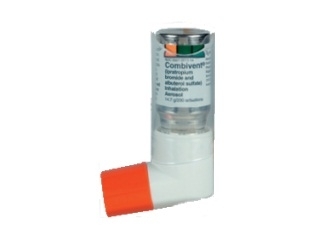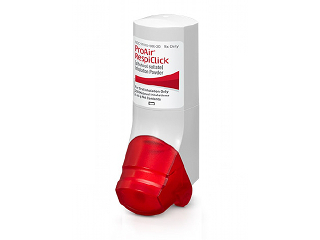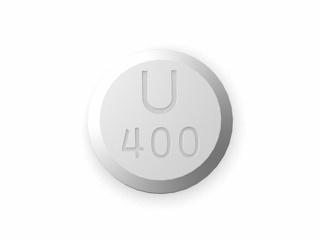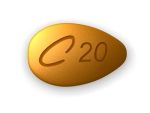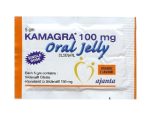Buy Ventolin HFA inhaler
Aerosol for inhalation is dosed in the form of a white suspension.
Indications for Ventolin
- Bronchial asthma:
- relief of symptoms of bronchial asthma when they appear;
- prevention of attacks of bronchospasm associated with exposure to an allergen or caused by physical activity;
- use as one of the components of long-term maintenance therapy of bronchial asthma.
- Other chronic lung diseases are associated with reversible airway obstruction, chronic bronchitis, and emphysema.
Bronchodilators should not be the sole or main component of the treatment of unstable or severe asthma. In the absence of a response to salbutamol in patients with severe bronchial asthma, corticosteroid therapy is recommended to achieve and maintain disease control. Failure to respond to salbutamol therapy may indicate the need for urgent medical advice or treatment.
Ventolin is intended only for inhalation administration by inhalation through the mouth.
Each inhaler contains an amount of suspension equivalent to 200 or 240 doses – aluminum inhalers with a plastic dispenser with a protective cap in cardboard packs with first opening control.
Clinico-pharmacological group: Bronchodilators – beta2-adrenergic agonists.
Pharmacotherapeutic group: Bronchodilator – selective beta2-adrenergic agonist.
It has a pronounced bronchodilatory effect, preventing or stopping bronchospasm, and reducing resistance in the airways. Increases the vital capacity of the lungs. Increases mucociliary clearance stimulates mucus secretion and activates the functions of the ciliated epithelium.
In the recommended therapeutic doses, it does not adversely affect the cardiovascular system and does not cause an increase in blood pressure.
It has a number of metabolic effects: it reduces the concentration of potassium in plasma, affects glycogenolysis and insulin release, has a hyperglycemic and lipolytic effect, and increases the risk of acidosis.
After inhalation, 10-20% of the dose of salbutamol reaches the lower respiratory tract. The rest of the dose remains in the inhaler or is deposited in the oropharynx and then swallowed. The fraction deposited in the respiratory tract is absorbed into the tissues of the lungs and blood but is not metabolized in the lungs.
When released into the systemic circulation, salbutamol undergoes hepatic metabolism and is excreted mainly by the kidneys in unchanged form. The swallowed part of the inhalation dose is absorbed from the gastrointestinal tract and undergoes significant metabolism during the first passage through the liver, turning into phenol sulfate. Unchanged salbutamol is excreted mainly by the kidneys. Only a small part of the administered dose of salbutamol is excreted through the intestines. Most of the dose of salbutamol is excreted from the body within 72 hours.
Ventolin begins to act 4-5 minutes after inhalation and lasts for 4-6 hours. Ventolin is used to relieve the symptoms of asthma, and to treat chronic obstructive bronchitis.
The usual initial dose for inhalation is 2.5 mg, later it can be increased to 5 mg. Use proper aseptic techniques every time you open a bottle. Avoid any contact of the dropper tip of the vial with any surface to prevent infection. Do not use the solution if it changes color or becomes cloudy.
If you notice that the medicine is not helping or if your symptoms worsen, you should contact your doctor. Other inhalation drugs and anti-asthma drugs should be taken only on the recommendation of the attending physician. Tell your pharmacist about any allergic reactions you have had, diabetes, heart or vascular disease, heart rhythm disturbances, hypertension, hyperthyroidism, hypokalemia, or seizure disorders.
Possible side effects of Ventolin
The most common side effects are: trembling in the legs, arms, hands, or feet. Rarer side effects include heart palpitations or palpitations, chest pain, tremors, and nervousness.
Ventolin and drug interactions
Ventolin should not be co-administered with other aerosol bronchodilators or used with caution to avoid adverse cardiovascular effects. Simultaneous use of monoamine oxidase inhibitors or tricyclic antidepressants is contraindicated. Their reception should be started 2 weeks after the end of treatment with Ventolin. Beta-adrenergic blockers can cause pronounced bronchospasm in patients with asthma and interact with Ventolin. Beta-agonists increase the hypokalemia caused by non-potassium-sparing diuretics (such as loop or thiazide diuretics). Overdose symptoms are tachycardia, tremor, headache, and hypokalemia.
